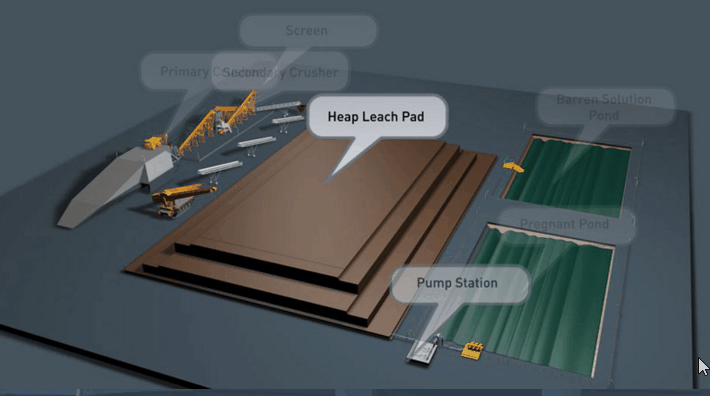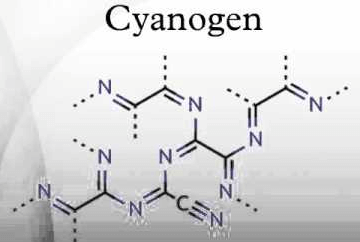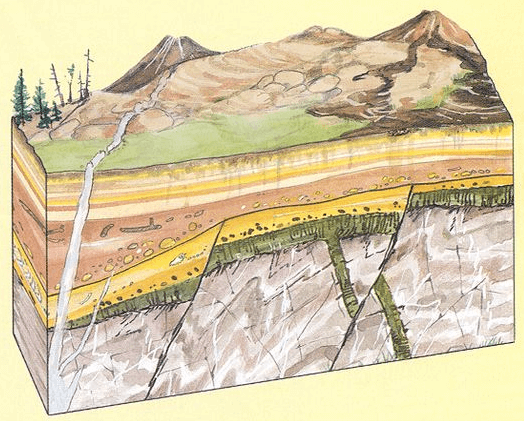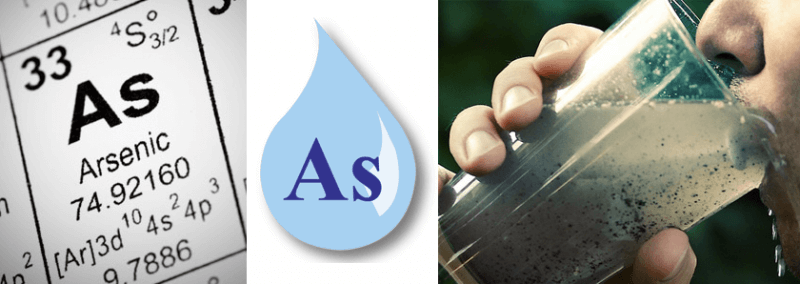Method of Precipitating Copper
During the last few years we have been doing considerable experimenting on methods of precipitating copper. The first patent on precipitating from sulphate solutions by heating with SO2 under pressure was taken out by us (U. S. Pat. 723,949). This reaction, CuSO4 + SO2 + 2H2O = Cu + 2H2SO4, is interesting, but there are […]
Leaching Copper: Iron form Electrolyte
The solvent we would use; how we would precipitate the copper from the solution, and what we would do with the iron in the electrolyte. Without going into the details of the reasons, we decided that sulphuric acid would be the most satisfactory solvent and that we would recover the copper from the solutions by […]
How to Recover Copper from Solution
At the beginning of our investigation we seriously considered what I called the “brutal method” of leaching, namely, the manufacture of sulphuric acid, the solution of the copper from the ore with such acid, and the precipitation of the copper by metallic iron, with the resultant complete, or nearly complete, destruction of both acid and […]
Copper Leaching Problems & Solutions & Procedures

In recent years the metallurgical field of the copper industry has expanded greatly, the copper ores have become lean and diverse in character, and we are obliged to treat such ores on a very large scale. On the commercial side, the operating and consulting staffs of the great mining companies have been enlarged and organized, […]
Copper Leaching Method

The advance made in recent times in this branch of metallurgy is indicated by the attention the subject is receiving from important American Copper producing companies. Reference to the files of publications devoted to the mining industry discloses that some 20 American companies are actively investigating the amenability of their ore, or other material, to […]
Cyanogen Compounds Chemistry

It is a common observation that the improvements introduced in practice since the first announcement of the cyanide process have been almost entirely mechanical. Although a good deal of study and research has been devoted to the chemical problems involved, the results obtained appear trifling in comparison. Few of the suggested modifications in the chemical […]
Ore Reserve Estimation Method

Estimates of the tonnage and average grade of ore deposits (ore-reserve estimates) are made for various purposes. They may be made by examining engineers as a basis for placing a value on a mining property in connection with reports on behalf of owners or vendors, on the one hand, or for prospective purchasers or lessees, […]
Bournonite, Jamesonite, and Calamine Occurences
The results of these investigations show that bournonite (PbCu-SbS3) is present in the ores in greater or less quantity. This fact has never before been reported, as far as can be learned. The failure to recognize this mineral is due to its similarity to tetrahedrite, with which it has probably been confused during a long […]
Blast Furnace Blowing
Turbo blowers for blast-furnace blowing have now been in use for some years, and a review of the experience gained and the present state of progress may be interesting. The first blast-furnace blowing engine of this type to be installed in America was built by the General Electric Co. and is installed at the Oxford […]
Arsenic Filtration for Potable Home Use

Before treating for arsenic it’s important to understand both arsenic composition and water chemistry. Arsenic (As) is a natural occurring mineral commonly found in clusters paired with sulfur and other heavy metals i.e.: iron (Fe), manganese (Mn), uranium and hydrogen sulfide (H2S). Recent studies have shown that temperature variance in arsenic prone areas are known […]
